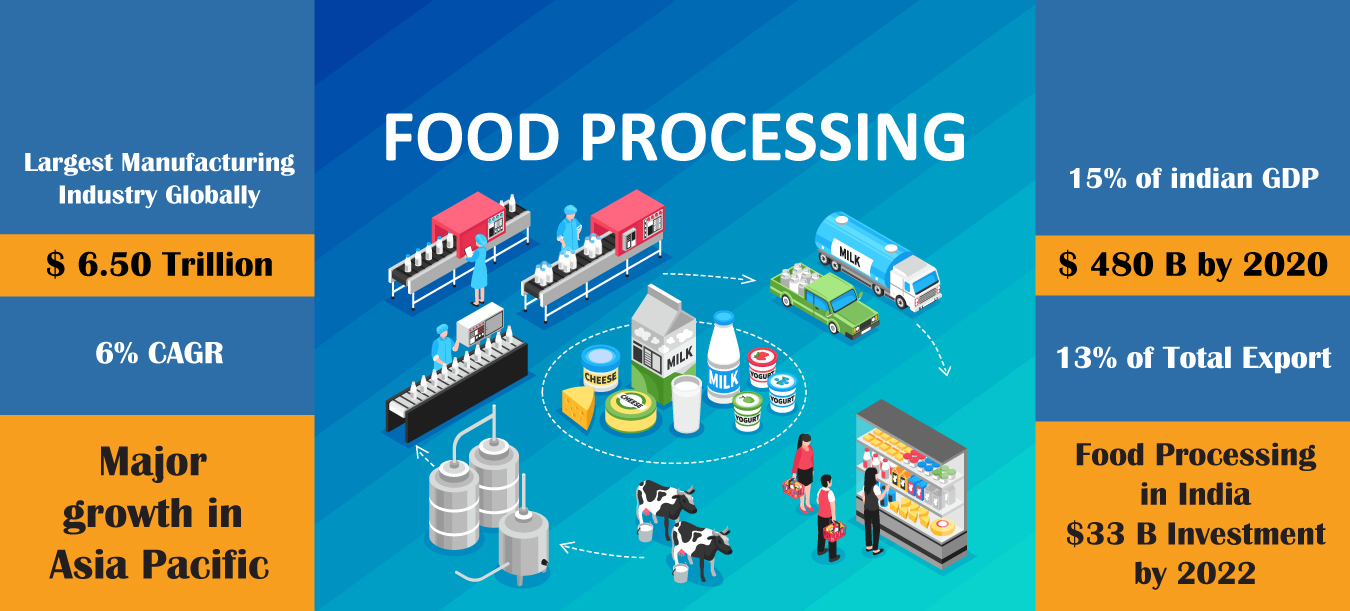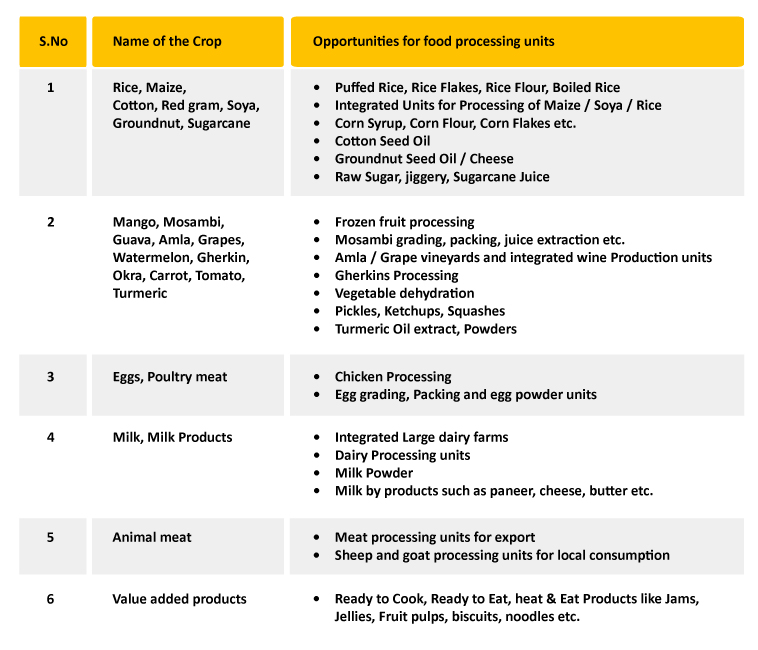
Global
The global food and grocery retail market sizes are expected to reach USD 12.24 trillion by 2020, according to a new report by Grand View Research, Inc., progressing at a CAGR of 6.9% during the forecast period. A rise in the global population and increased levels of income have a vital role to play in the development of the market. Improving the spending power of people is augmenting the affordability of premium food and grocery products, which in turn is boosting the revenue generation of the market. Changing consumer preferences as a result of economic development will continue to boost organic and healthier food markets, and food safety regulation will lead to product portfolio expansion, higher standards, and a more intense focus on traceability. Increased appetite for convenience food will catalyze innovation in packaging, and operational challenges and cost pressures (including rising labor costs) among equipment users are set to accelerate automation.
Growth in this industry is mainly being driven by countries in the Asia-Pacific region. Countries such as India, China, Indonesia have witnessed prominent growth due to a large production base, an increase in the middle class, the immense scope for value addition, and the creation of support infrastructure. Markets in some countries, especially in Western Europe, are mature and facing saturation
India
India is the fastest-growing major economy in the world and the largest producer of several agricultural commodities. The country has 1.2 billion consumers with increasing demand for branded food. Food processing has an important role to play in linking Indian farmers to consumers in the domestic and international markets.

India witnesses nearly 4.6-15.9% wastage in fruits and vegetables annually, due to lack of modern harvesting technologies and cold chain infrastructure. Moreover, the processing levels in fruits and vegetables currently stand at less than 5% annually, due to the lack of modern harvesting technologies and cold chain infrastructure. In addition to this India has large dairy, meat and fisheries sectors which offer a host of opportunities for food processing for both domestic and export markets.
The Indian food industry is poised for huge growth, increasing its contribution to world food trade every year. In India, the food sector has emerged as a high-growth and high-profit sector due to its immense potential for value addition, particularly within the food processing industry.
Accounting for about 32 per cent of the country’s total food market, the Government of India has been instrumental in the growth and development of the food processing industry. The government through the Ministry of Food Processing Industries (MoFPI) is making all efforts to encourage investments in the business. It has approved proposals for joint ventures (JV), foreign collaborations, industrial licenses, and 100 per cent export-oriented units.

Telangana
Telangana is a large producer of agro products and a market leader in the poultry and seed business. There is a huge opportunity to add value to agro-products and expand its current strength. The state government has set a target of 1.37 crore tonnes for food grain production this year (2018-19). This is a significant increase of 47 lakh tonnes over last year. Growth in the production is being attributed mainly to increase in the extent of cultivation and yield of major food crops – cereals and pulses – helped by favourable weather conditions and improved availability of inputs such as seed and fertilizers.
The state stands 10th in livestock population, 2nd in sheep population, 13th in goat population, 4th in poultry, 13th in bovine population and 15th in pig population in the country, as per the Livestock Census, 2012. About 2.9 million families are engaged in livestock sector for their livelihood.
Government of Telangana has provided necessary policy support for the development of food parks, mega food parks in the state. Considering raw materials available, the state has tremendous potential for the production of value-added goods in the food processing sector.

Telangana State Food Processing Society (TSFPS) was established by the Government of Telangana to promote Food Processing industries in Telangana State. The incentives cover the establishment of Food Processing Units that process raw materials such as Cereals, Pulses, Oilseeds, Fruits, Vegetables, Milk, Meat, Poultry, Fish produce, etc. The TSFPS provides Grant – in – Aid up to 50% of the project cost and other incentives to set up Food Processing Units, Cold Chain, and Preservation Infrastructure including reefer vans.
The government of Telangana has placed greater emphasis on the food processing sector by creating value addition in the farm sector through its Industrial Policy. Major Food Parks are being established in Telangana State with assistance from the Government of India at the following locations:
M/s Smart Agro Mega Food Park Pvt. Ltd, in Nizamabad District
M/s Raagamayuri Agrovet Pvt. Ltd in Mahabubnagar District
M/s TSIIC Food Park in Khammam District
M/s Basavashakti Mega Food Park Pvt. Ltd, in Medak District
In addition to the above Telangana is establishing 20 more food paths at various locations.
Apart from establishing mega food parks in the region, Government has also created necessary infrastructure for agriculture and horticulture output to considerably increase through various reforms such as Mission Kakatiya, which will rejuvenate 46,000 lakes to provide water for increasing acreage in the state and planning a mega multi-modal logistics park in Telangana, catering to transport and export of goods nationally and internationally.







